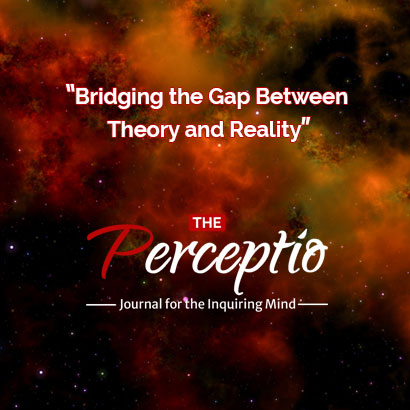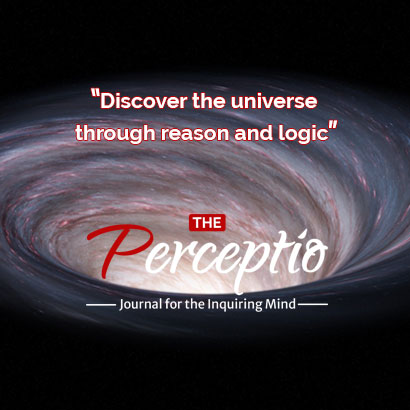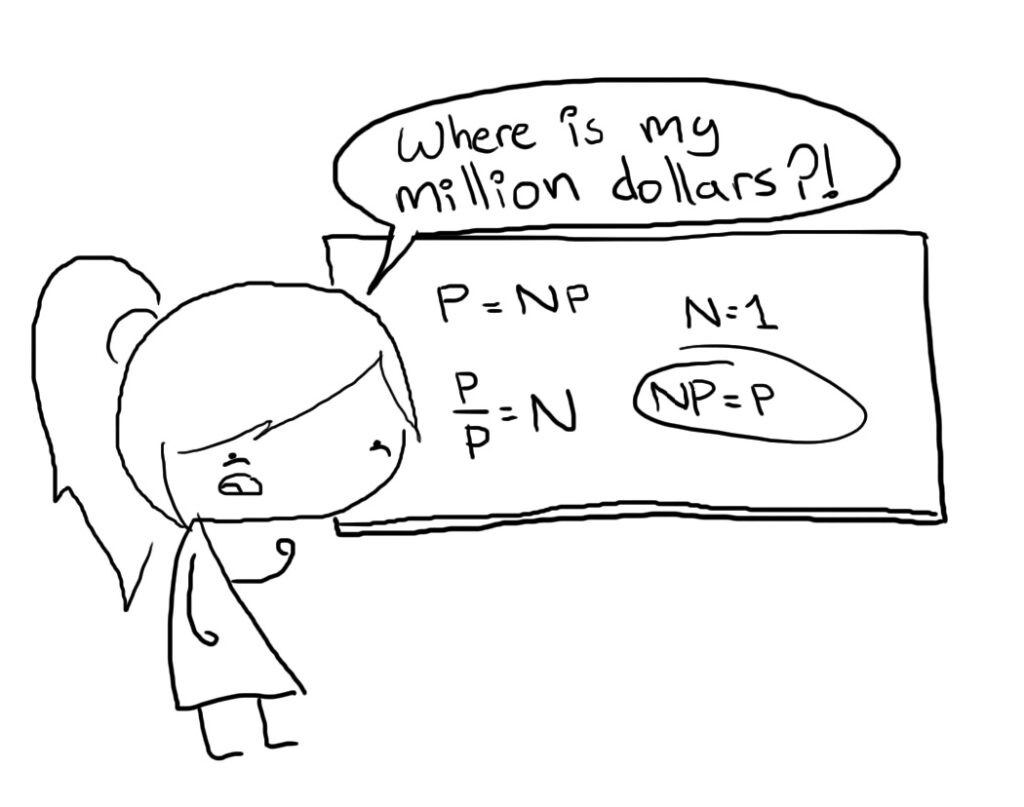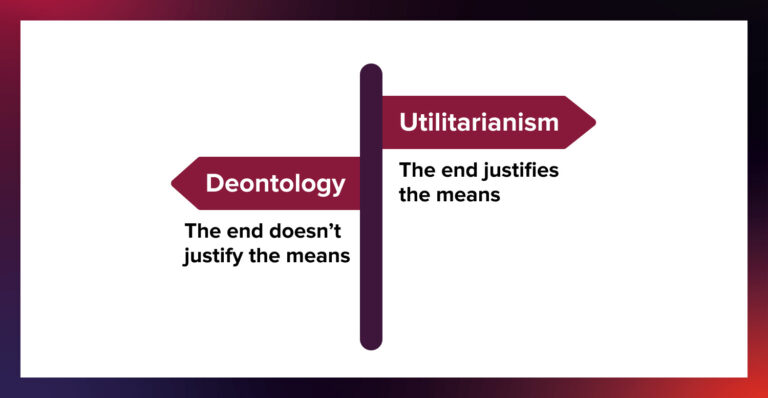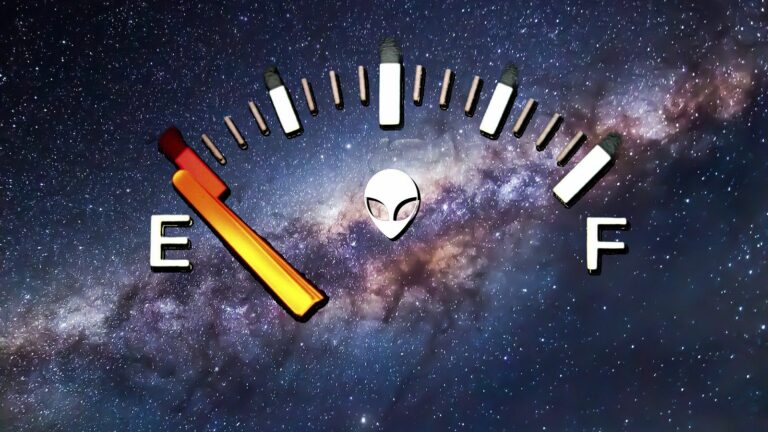Introduction to P vs. NP
In the vast universe of computer science, there exists a tantalizing enigma, a puzzle that has persisted for decades, defying even the most brilliant minds in the field. This puzzle is known as the P vs. NP problem. It is a problem that has intrigued mathematicians, computer scientists, and philosophers, and continues to be one of the most significant unsolved mysteries in the realm of computation.
The Quest for Efficiency
Imagine you have a complex problem, like finding the shortest route for a delivery truck to visit multiple locations or deciphering an encrypted message. In computer science, we’re often faced with such problems, which are either easy to solve or incredibly difficult. The P vs. NP problem is about classifying these problems, understanding their inherent complexity, and asking a question that, once answered, could revolutionize the world of computing.
The P Class: Polynomial Time Algorithms
In computer science, we categorize problems into classes based on their complexity. The P class includes problems that can be solved efficiently, in what we call “polynomial time.” This means that the time it takes to solve the problem grows at most as a polynomial function of the size of the input. For instance, if a problem has 100 data points, a polynomial time algorithm would solve it in a number of steps proportional to 100^k, where k is a fixed exponent.
The NP Class: Non-deterministic Polynomial Time Problems
On the other side of the spectrum is the NP class, which includes problems for which, if you are given a potential solution, you can efficiently check whether it’s correct or not. It’s like being given a jigsaw puzzle piece and quickly verifying if it fits. However, finding the right piece to begin with is the tricky part. These problems do not yet have a known efficient solution algorithm.
The Million-Dollar Question
Here’s where the intrigue deepens: Are all problems in P also in NP? Or is there a class of problems for which verifying a solution is much easier than finding it? In essence, the P vs. NP question asks if P = NP.
If P equals NP, it would mean that every problem whose solution can be verified efficiently can also be solved efficiently. Think about the implications of that. Many of the cryptographic systems that protect our online transactions, communications, and data would be rendered vulnerable. The foundation of modern computer security would crumble.

The Complexity of Certainty
To date, no one has been able to prove whether P equals NP or not. Mathematicians and computer scientists have made significant progress, but the problem remains unsolved. It’s like being in a labyrinth with no clear exit, where the walls seem to shift as you approach. The more we explore, the more complex it becomes.
Impact on the World
The P vs. NP problem isn’t just an abstract question for academics. Its resolution would have profound implications. It’s a question that touches on the very essence of what we can and cannot compute efficiently. It challenges our understanding of algorithms, computation, and the limits of human knowledge.
In the quest to solve this problem, we’ve developed new algorithms, computational techniques, and gained a deeper understanding of problem complexity. It’s a journey of knowledge that continues to shape the field of computer science.
Conclusion: The Enigma Endures
As we close the chapter on the P vs. NP problem, we must remember that not all mysteries are meant to be solved easily. This is the grand challenge of computer science, an enigma that has withstood the test of time, and its elusiveness continues to drive innovation and exploration in the field.
The P vs. NP problem forces us to question our assumptions about computation, to ponder the boundaries of human understanding, and to marvel at the complexity of the universe’s hidden truths. It reminds us that, in the pursuit of knowledge, the journey is often as important as the destination. So, let’s embrace this grand challenge, continue the search, and who knows, one day we may unlock the secrets of P vs. NP, reshaping the landscape of computing as we know it.
For more posts on mathematics, visit: Mathematics Posts.
For more information on P vs. NP problem, check out ClayMath’s P Vs. NP Problem.
